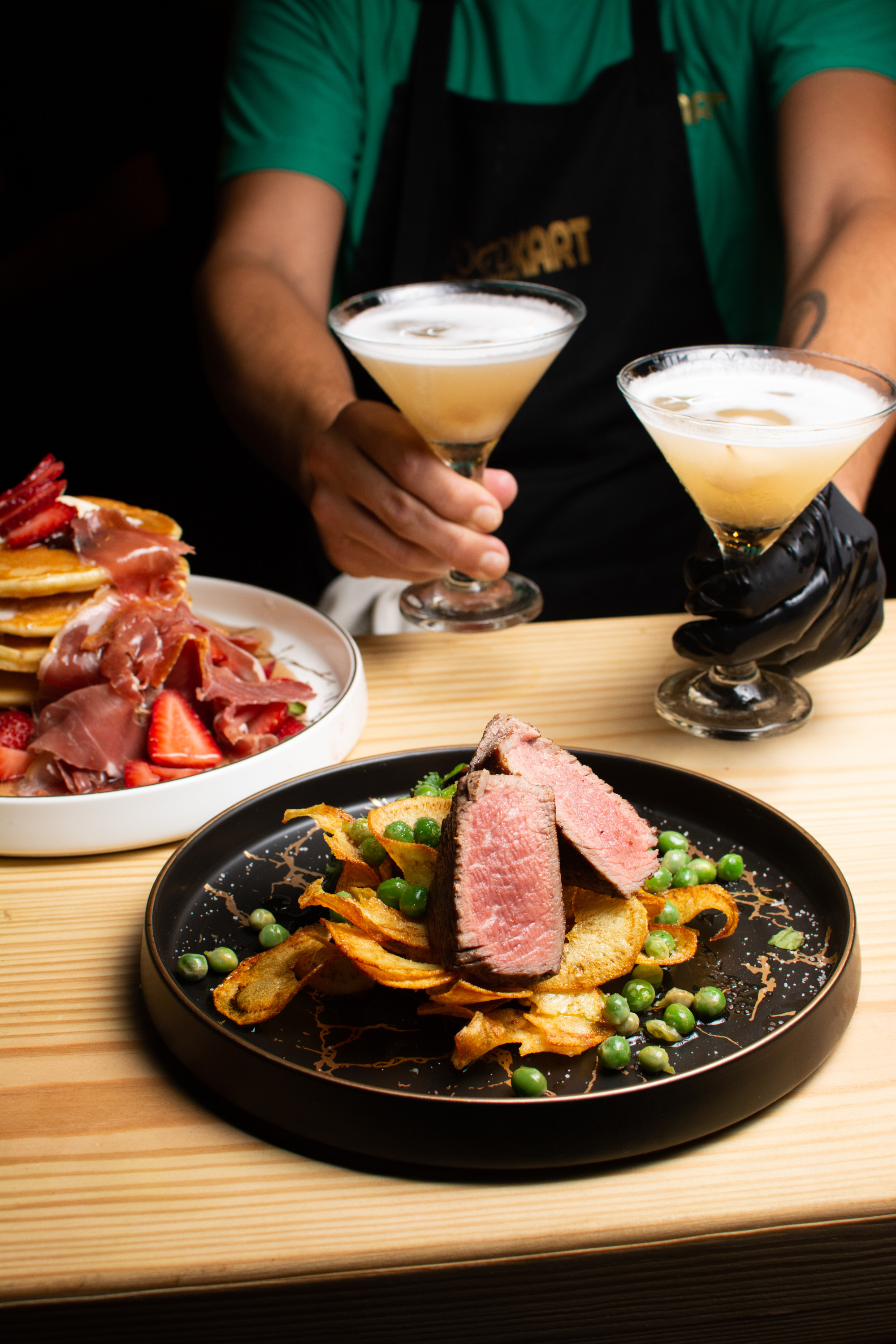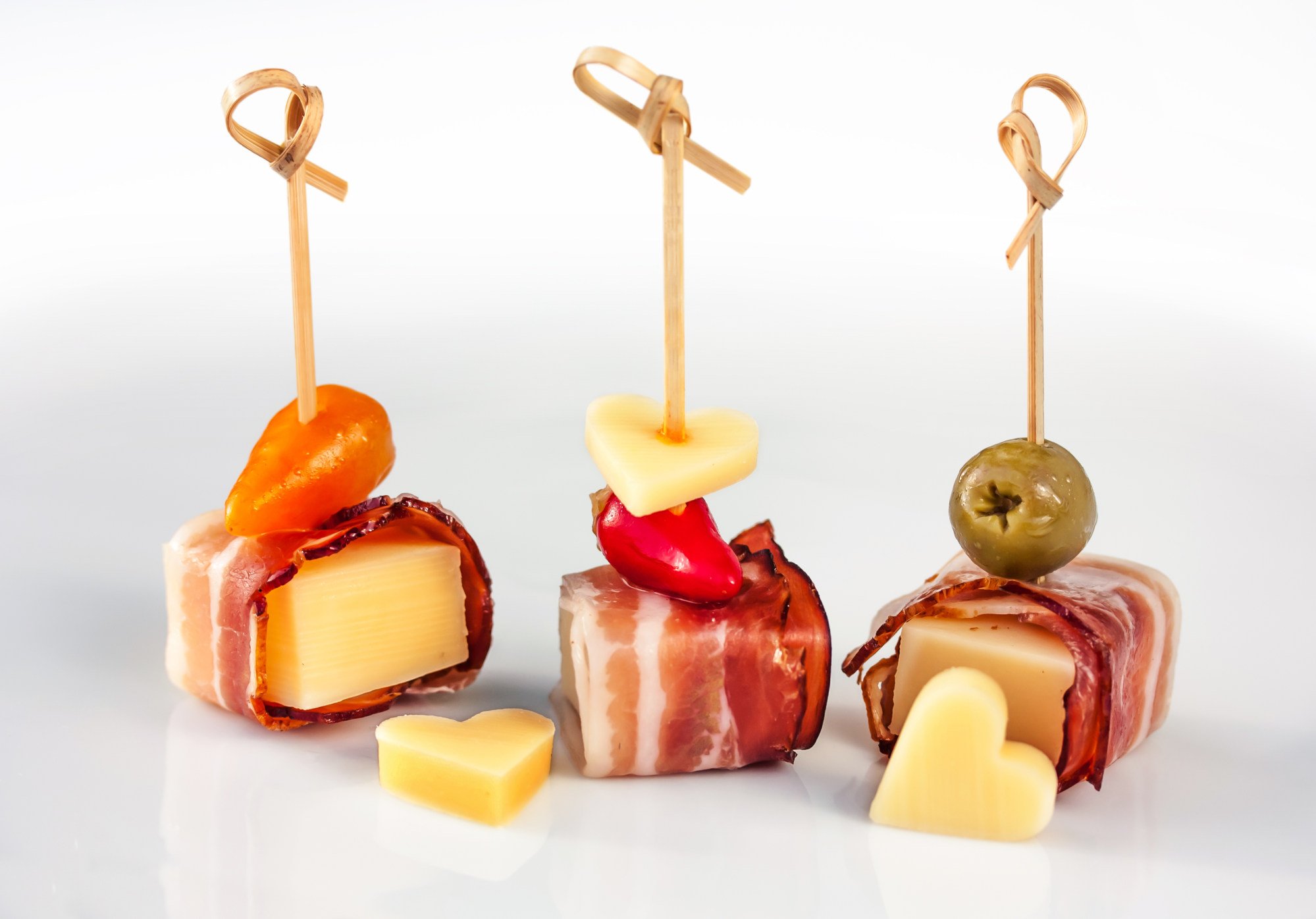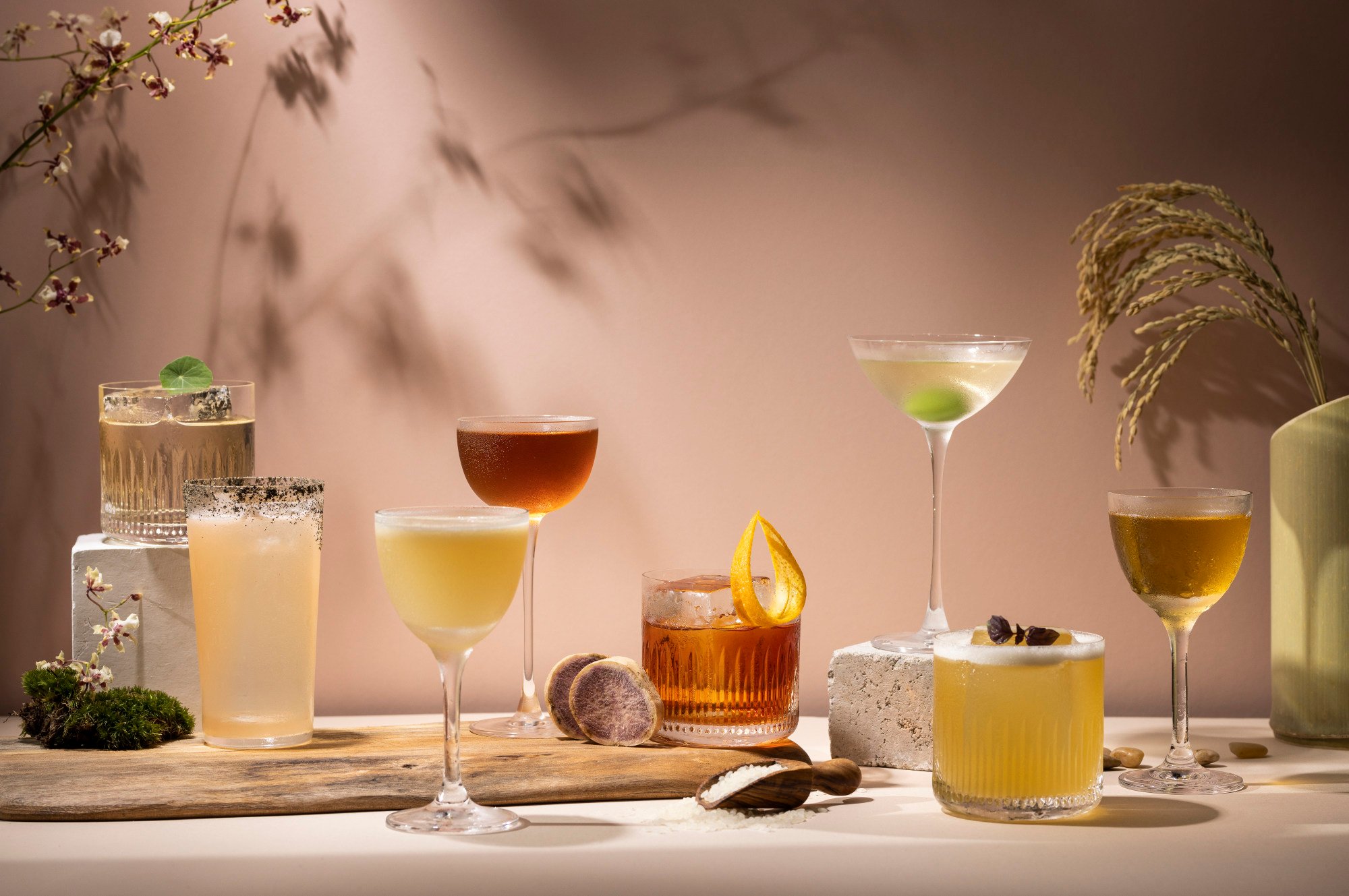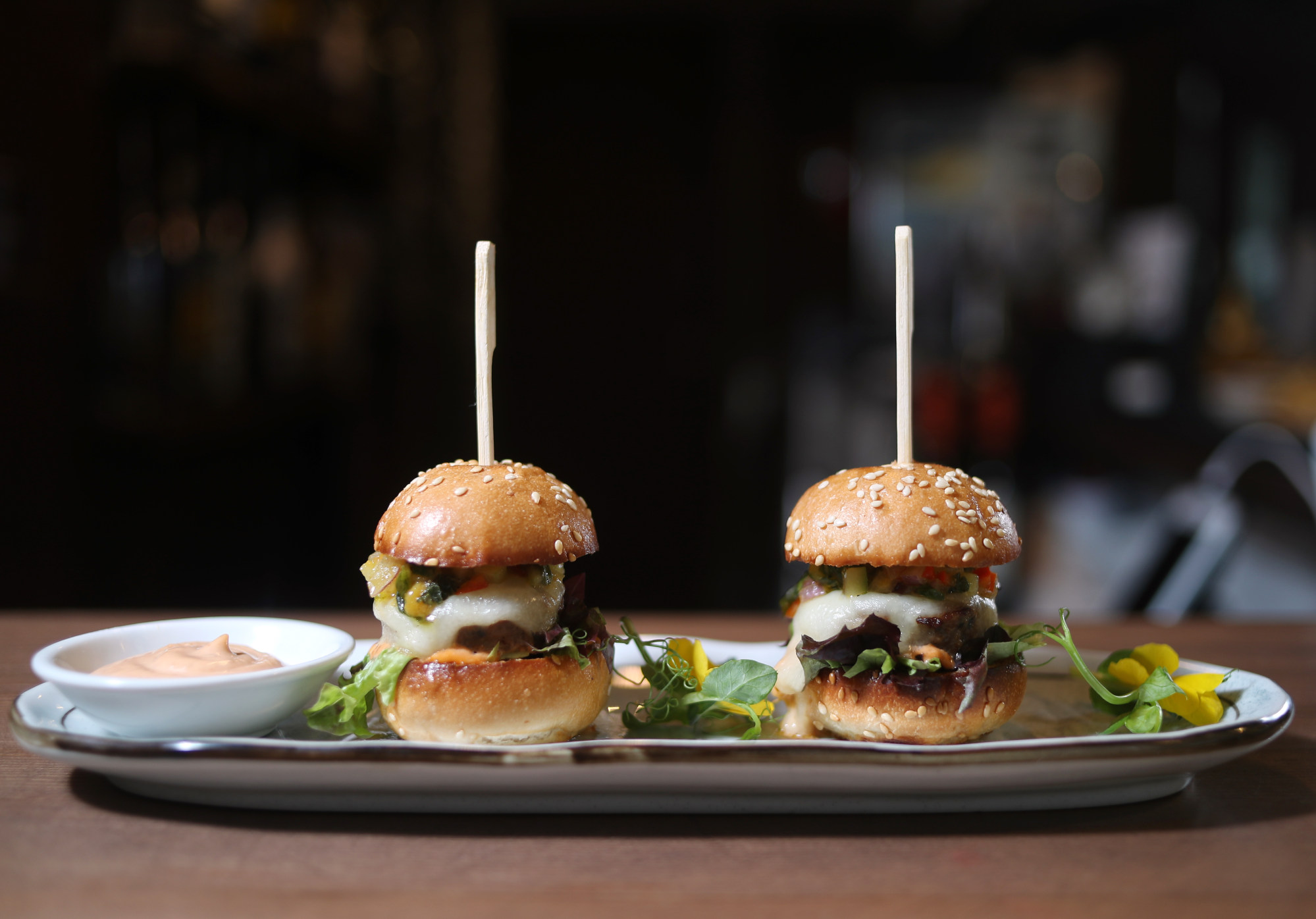
How bar food has evolved from chicken wings to wagyu and caviar, as bartenders look to impress with more than cocktails
- Romans and ancient Greeks enjoyed mixing alcohol and food, but in modern times bar food has meant sliders, fries and chicken wings. Things are changing, though
- Driven by customers’ evolving tastes, cocktail bars are expanding menus and using higher-quality ingredients to provide a holistic experience, and to stand out
Not so long ago, bar food would have referred to pretty much any of the following: beef sliders, truffle fries, chicken wings.
These three snacks constituted the holy trinity of most bar snack menus, alongside (especially if sipping a martini at a fancy five-star hotel) a generous selection of olives, honey-coated nuts or some form of charcuterie.
Yet alcohol and cuisine have been flirting with each other since ancient times; the concept of communal eating and imbibing was prevalent in many cultures, not just with the Romans and Greeks.

While the focus of these soirées was often the consumption of wine and other alcoholic beverages, simple foods like bread, olives and cheese were commonly served alongside the drinks.
In England, the Middle Ages saw the emergence of the public house, where the first examples of food prepared in bulk, such as stews, pies and roasted meats, were served up.

In the United States during prohibition, hosting cocktail parties at home became fashionable. The rise of these intimate events led to the popularisation of an increasingly wide selection of finger foods.
Hosts paraded luxurious bites such as lobster canapés, caviar rolls, crabmeat cocktails, devilled eggs and savoury cheese balls. Even after the 1933 repeal of the 18th Amendment, the practice of serving finger foods at restaurants, bars and cocktail parties lived on, quickly becoming a popular American culinary tradition.

I can’t pinpoint the moment things changed and food programmes became fancier and highly important for a bar.
In recent years, however, I’ve sensed that there has been a significant shift in the approach.
First, consumer preferences have evolved, with a growing demand for a more diverse, sophisticated and enjoyable culinary experience overall.

Not to be forgotten is how the rise of the craft cocktail has encouraged a more nuanced approach to pairing food and drinks. We often see collaborations between chefs and bartenders as evidence that the two worlds have come closer together.
Bar owners have started to create holistic experiences, whether it’s a dive bar or a high-end venue, where the storytelling and narrative of the space includes not only food and drinks but also branding and design.

The integration of strong food programmes into the cocktail experience holds significant importance for both businesses and consumers. It encourages patrons to spend a longer time in a venue, leading to increased sales.
A unique and well-executed food programme can also differentiate a cocktail bar from its competitors, attracting a broader customer base.
For our patrons at Bar Leone, in Central, Hong Kong, the availability of good-quality food in a comfortable and casual setting enhances the sociability and enjoyment of the bar experience.

The fact that consumers can now get good-quality food in an unpretentious setting and at a lower price than at a restaurant has created new habits and, consequently, inspired new flexible business models.
The integration of food has become an essential aspect of the modern cocktail bar, enhancing the overall customer experience and contributing to the success and longevity of these establishments.

